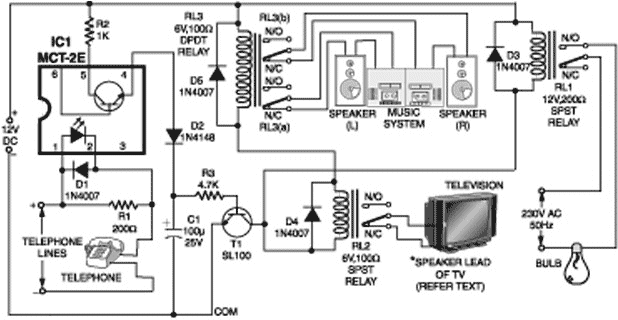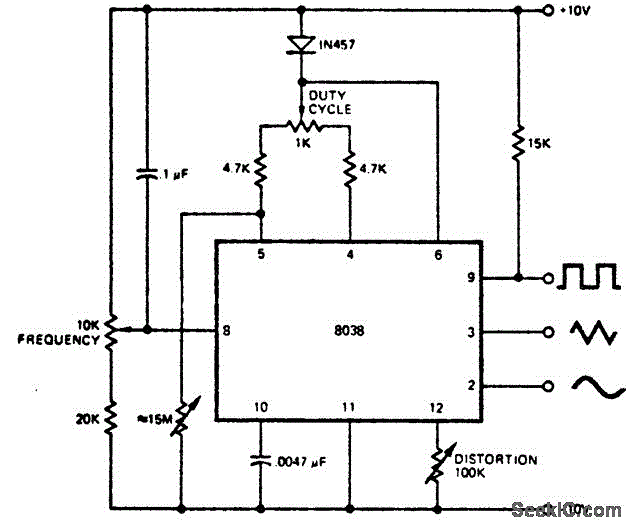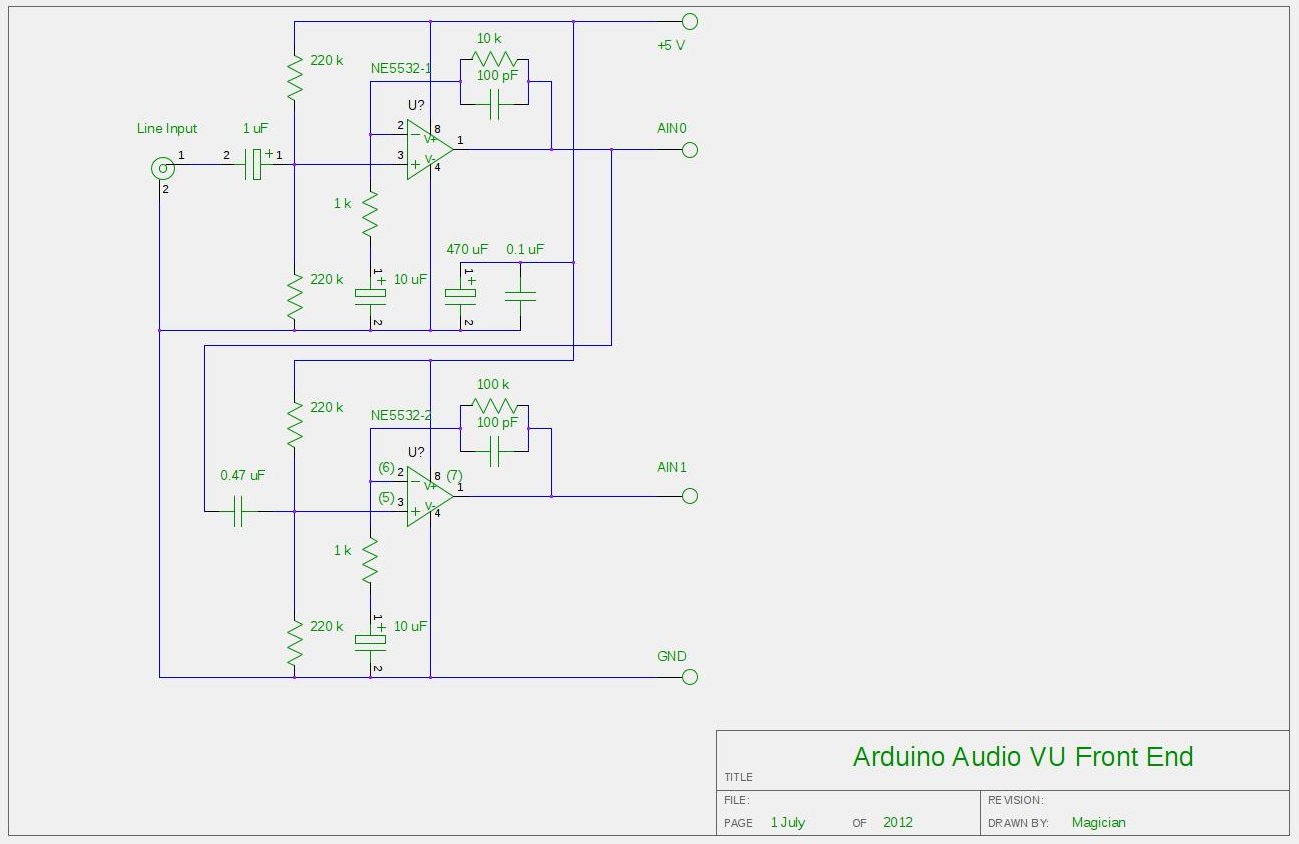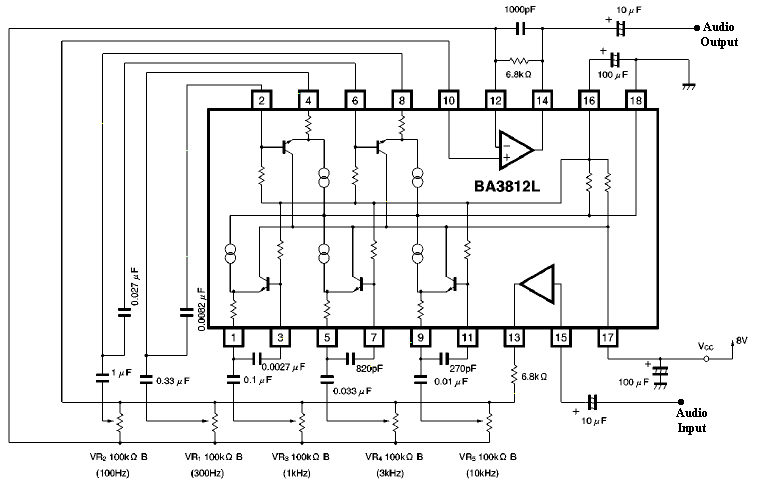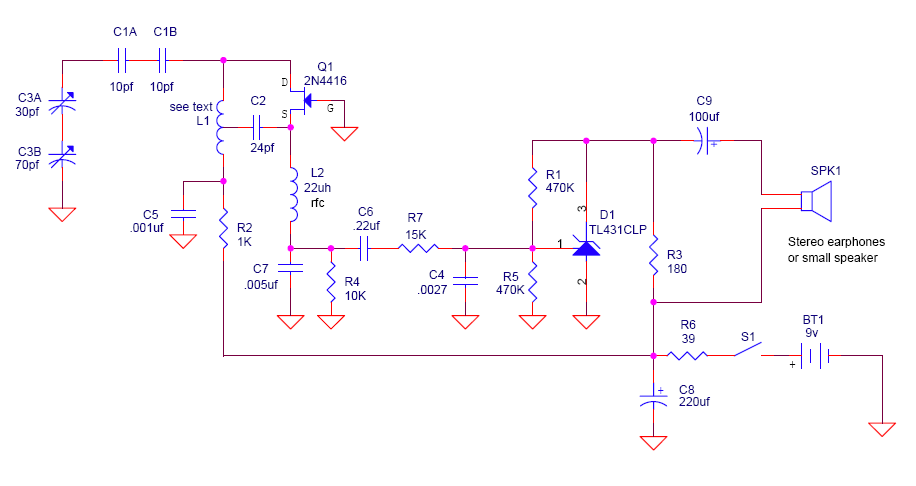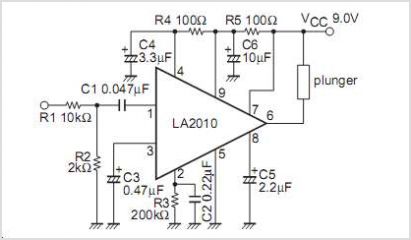
Audio Attenuator
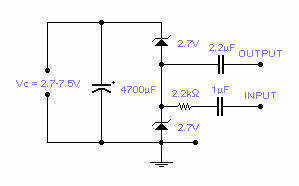
Two low voltage, low power zeners are used to control electronically the level of an audio signal. The attenuation range is from 6 to 58dB for an input current from 0.042 to 77 mA corresponding to a control voltage from 2.7 to 7.5V. If control voltage is limited to 5V, the attenuation is around 30dB at a control current of 2mA. This is not a HiFi attenuator but might come useful as a general purpose audio attenuator.
The circuit employs two low voltage, low power Zener diodes configured in a manner that allows for effective electronic control of audio signal levels. The primary function of the Zener diodes in this application is to create a variable voltage drop across the audio signal path, thereby achieving the desired attenuation.
The attenuation range of the circuit spans from 6 dB to 58 dB, which is suitable for various audio applications where signal reduction is required. The input current range of 0.042 mA to 77 mA indicates that the circuit can handle low to moderate signal levels, making it versatile for different audio sources. The corresponding control voltage range of 2.7V to 7.5V allows for fine-tuning the audio signal attenuation based on the specific requirements of the application.
When the control voltage is limited to 5V, the circuit demonstrates an attenuation of approximately 30 dB at a control current of 2 mA. This specific configuration suggests that the circuit can be particularly useful in scenarios where moderate attenuation is needed without introducing significant distortion, although it is not classified as a high-fidelity (HiFi) attenuator.
The design may include additional components such as resistors to set the current levels and capacitors for filtering purposes, ensuring that the audio signal remains clean and free from unwanted noise. Given its general-purpose nature, this circuit can be integrated into various audio systems, including mixers, amplifiers, and effects units, where adjustable signal levels are necessary for optimal performance.Two low voltage, low power zeners are used to control electronically the level of an audio signal. The attenuation range is from 6 to 58dB for an input current from 0.042 to 77 mA corresponding to a control voltage from 2.7 to 7.5V. If control voltage is limited to 5V, the attenuation is around 30dB at a control current of 2mA. This is not an HiFi attenuator but might come useful as a general purpose audio attenuator. 🔗 External reference
The circuit employs two low voltage, low power Zener diodes configured in a manner that allows for effective electronic control of audio signal levels. The primary function of the Zener diodes in this application is to create a variable voltage drop across the audio signal path, thereby achieving the desired attenuation.
The attenuation range of the circuit spans from 6 dB to 58 dB, which is suitable for various audio applications where signal reduction is required. The input current range of 0.042 mA to 77 mA indicates that the circuit can handle low to moderate signal levels, making it versatile for different audio sources. The corresponding control voltage range of 2.7V to 7.5V allows for fine-tuning the audio signal attenuation based on the specific requirements of the application.
When the control voltage is limited to 5V, the circuit demonstrates an attenuation of approximately 30 dB at a control current of 2 mA. This specific configuration suggests that the circuit can be particularly useful in scenarios where moderate attenuation is needed without introducing significant distortion, although it is not classified as a high-fidelity (HiFi) attenuator.
The design may include additional components such as resistors to set the current levels and capacitors for filtering purposes, ensuring that the audio signal remains clean and free from unwanted noise. Given its general-purpose nature, this circuit can be integrated into various audio systems, including mixers, amplifiers, and effects units, where adjustable signal levels are necessary for optimal performance.Two low voltage, low power zeners are used to control electronically the level of an audio signal. The attenuation range is from 6 to 58dB for an input current from 0.042 to 77 mA corresponding to a control voltage from 2.7 to 7.5V. If control voltage is limited to 5V, the attenuation is around 30dB at a control current of 2mA. This is not an HiFi attenuator but might come useful as a general purpose audio attenuator. 🔗 External reference
